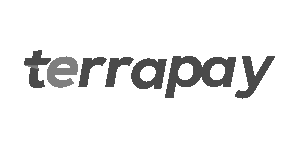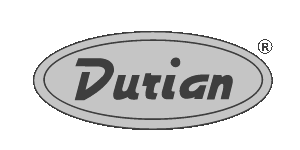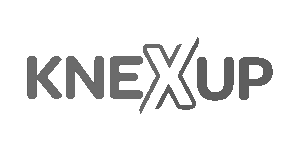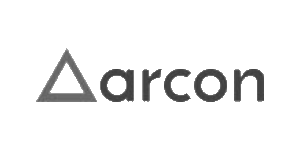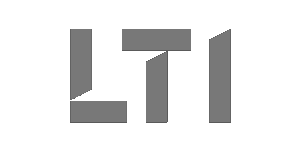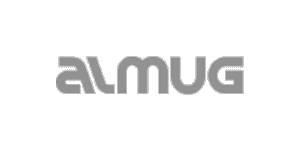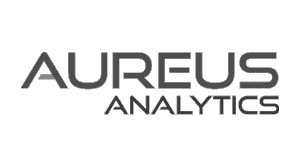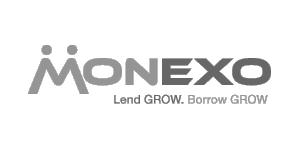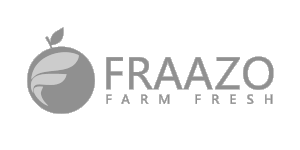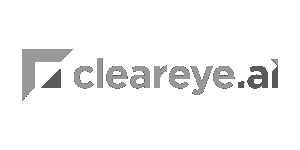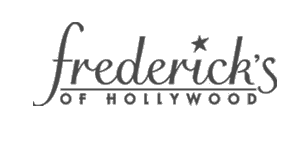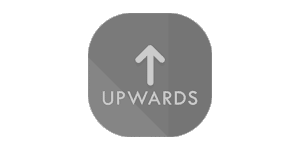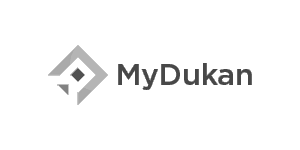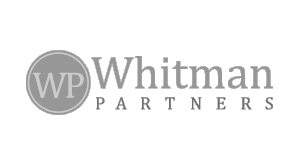Revitalizing products through a recommended, creative, and intuitive UX design process, encompassing thorough research and comprehensive design.
Suited for:
Established or funded Start-ups or Enterprises
Time:
4 months or more
Engagement:
Monthly Retainer
Mode:
Remote
Some of the clients who loved this process:
Step 1:
Understanding Business Requirement

Identify Key Stakeholders & Capture Their Requirements
Engage with key stakeholders or stakeholder groups to gather their requirements for the upcoming product or service. Seek insights into their expectations and desires for the project.
- Using stakeholder interviews
Utilize stakeholder interviews by individually conversing with each stakeholder or end-user. This approach ensures a nuanced understanding of each person's perspectives and specific needs.
- Using use cases
Leverage use cases through group workshops, facilitating an exploration of how information flows across different divisions or departments. This process aims to guarantee smooth management of handovers.
- Building prototypes
Create prototypes by developing rough mock-ups or wireframes of the system or product. This enables users to visualize the final product, address feasibility concerns, and actively participate in identifying inconsistencies and problems.
Step 2:
Conducting UX Research

In the User Research Phase, the UX Researcher employs various methods and techniques to acquaint themselves with the end user.
Here we follow a 3-step process for conducting user research.
- Discover
During the discovery stage, the goal is to illuminate unknowns and gain a deeper understanding of people's needs. This phase is particularly crucial before embarking on a new product or feature, allowing for an assessment of the project's viability.
- Explore
Exploration methods are employed to comprehend the problem space and design scope, addressing user needs effectively. Activities include conducting user interviews, capturing responses, creating user personas, and reviewing customer service calls.
- Test
Testing and validation methods are utilized to assess designs during development and beyond, ensuring that systems function optimally for the end-users.
Step 2:
Conducting UX Research

Step 3:
Finalizing Content Strategy

Strategists Conduct Stakeholder Interviews To Find Out What They Are Trying To Achieve With The Content.
The role of the content strategist consists of the following four areas:
- Audit
Creating a catalogue of all the existing content being used in a project. Competitor audit is done to analyze what content competitors are producing and if they are able to achieve the desired results with that.
- Strategy
Strategy consists of recommendations, setting priorities, and creating timelines. At this stage, the strategist also determines the areas of work, taxonomy, and key vocabulary that need to be followed across the site. Based on the user research and the goals of the product, the voice and tone that need to be followed are also finalized at this stage.
- Plan
The content strategist gathers requirements and identifies the types of content and the people responsible for content creation and maintenance. They also finalize a content management system, designed to house all the content that appears on the site.
- Create
The copy produced also needs to go through the various editing and review processes which are finalized at this stage. Moreover, content has to be compliant with brand guidelines and optimised for search engines.
- Maintain
It’s crucial to involve the stakeholders and gain their insights, which are essential for producing the thought leadership content. The schedule for regular weeding of the content is also finalized at this stage by creating a QC plan.
Step 4:
Information Architecture

Information Architecture Is About Helping People Understand Their Surroundings And To Find What They’re Looking For, In The Real World As Well As Online.
The activities undertaken in defining information architecture involve:
- Content inventory:
Examination of apps or websites to locate and identify existing content.
- Content audit:
Evaluation of content usefulness, accuracy, tone of voice, and overall effectiveness.
- Information grouping:
Definition of user-centred relationships between various content.
- Taxonomy development:
Definition of a standardized naming convention (controlled vocabulary) to apply to all site content.
- Descriptive information creation:
Definition of useful metadata that can be utilized to generate “Related Link” lists or other navigation components that aid discovery.
Step 4:
Information Architecture

Step 5:
Creating Wireframes

Techniques Such As Wireframing Have Transformed How User Experience Designers Work Nowadays. Let’s Take A Closer Look At The Benefits And The Process.
UX Sketching is a 2-step process:
- Idea Generation
In the initial step, multiple ideas are generated, but since they cannot be fully shaped, it is not uncommon for some of the elements to be incomplete or missing. The main thing is to consider different approaches and to decide which is the most efficient in the context of your task and the various constraints of the project.
- Adding Detail and Refinement
Step by step, you settle on a few promising variants and proceed to work out the specifics, thus rendering some ideas unsuitable.
Step 6:
Designing User Interface or Visual Designs
Visual Design Focuses On The Aesthetics Of A Site And Its Related Materials.
User interface (UI) designs are done by strategically implementing images, colors, fonts, and other elements. A successful visual design does not take away from the content on the page or function. Instead, it enhances it by engaging users and helping to build trust and interest in the brand.
The basic elements that combine to create visual designs include the following:
- Lines:
Lines connect two points and can be used to help define shapes, make divisions, and create textures. All lines, if they’re straight, have a length, width, and direction.
- Shapes:
Shapes are self-contained areas. To define the area, the graphic artist uses lines, differences in value, color, and/or texture. Every object is composed of shapes.
- Color:
Color palette choices and combinations are used to differentiate items, create depth, add emphasis, and/or help organize information. Color theory examines how various choices psychologically impact users.
- Texture:
Texture refers to how a surface feels or is perceived to feel. By repeating an element, a texture will be created and a pattern formed. Depending on how a texture is applied, it may be used strategically to attract or deter attention.
- Typography:
Typography refers to which fonts are chosen, their size, alignment, color, and spacing.
- Form:
Form applies to three-dimensional objects and describes their volume and mass. Form may be created by combining two or more shapes and can be further enhanced by different tones, textures, and colors.
Step 6:
Designing User Interface or Visual Designs
Step 7:
Interactive Proof Of Concept or IPoC
Why Should You Have An Interactive Prototype?
An interactive prototype is draft representation built to test ideas for layout, behavior and flow in a system. Prototypes are an indispensable tool for resolving a large number of potential issues in a concept or business before too many resources are deployed to put a design into production.
Prototypes have the ability to demonstrate an idea with greater clarity and higher levels of engagement than any specification document ever could. We use prototypes in our workflow on every project, at various stages of design development and in user-testing of ideas before developing or deploying.
- Bringing the user interface design to life:
While end users can view and comment on a paper-based version of an application, they will not be able to fully understand the nature of key interactions until the application is developed. Creating a clickable prototype is the next logical step in design and brings a design to life.
- Allowing users to provide valuable feedback within the proper context:
By using a prototype, data within the context of the entire application demonstrates scenarios in a form that users can understand. Since users see the appearance of a working application their feedback will be almost as valuable as having the fully-functional application.
- Confirming a common vision among users and stakeholders:
A prototype allows key stakeholders within the organization an opportunity to see the application design as it is intended to be used, including buttons and interactions working in a manner that is as close to the final product as possible. Most key stakeholders are not designers or developers. They are end users of applications and are used to seeing an application in its working state. When static, non-interactive prototypes are delivered to these key decision makers, more time is spent discussing and describing how a particular feature is going to work and less time on understanding the overall design. When key stakeholders have the ability to interact with the final application design, the buy in process and ongoing support is usually stronger.
Many start-ups are clear on what they want and in hurry to develop and launch the MVP with a proper user experience, this is for them.
Suited for:
New Start-ups who wants to ideate MVP or Go to market very fast
Time:
2-3 months
Engagement:
Monthly Retainer
Mode:
Remote
Some of the clients who loved this process:
Step 1:
Quick Discovery

Identify Key Stakeholders & Capture Their Requirements
Ask each of these key stakeholders, or groups of stakeholders, for their requirements from the new product or service. What do they want and expect from this project?
- Using stakeholder interviews
Talk with each stakeholder or end-user individually. This allows you to understand each person's specific views and needs.
- Using use cases
Conduct group workshops. This helps you understand how information flows between different divisions or departments, and ensure that hand-overs will be managed smoothly.
Step 2:
Rapid Prototyping

This is the step where we create greyscaled wireframes of all the screens.
Here we follow a 3-step process for conducting user research.
- UserFlow
We transform and define the App concept into a user flow where we divide the concept into screens that a user will touch and achive his goals, step by step.
- Information Architecture
Then we fill up all the screens with the elements that will be placed on those screens, a complete IA can help the tech team to build the database structure.
- Wireframing
Now we have the AI with all clear data and it's time to create wireframes, quick and fast and get them approved by clients by daily meet-ups.
Step 2:
Rapid Prototyping

Visual or User Interface Design
User interface (UI) designs are done by strategically implementing images, colors, fonts, and other elements. A successful visual design does not take away from the content on the page or function. Instead, it enhances it by engaging users and helping to build trust and interest in the brand.
In this step we conduct almost daily meetings and show them the updates on the UI or Visual designs ... get quick approval and deliver the final product design as an Interactive Prototype.
It’s a one week (Mon to Fri) #DesignSprint involving the stakeholders and decision makers, one of our design leads will lead this and all the stakeholders will involve in the design process and create quick prototypes and test … everything within a week! Remember, "No problem is too large for a sprint!""
Suited for:
Designing & testing any new feature quickly
Time:
1 Week
Engagement:
Fixed Cost
Mode:
Offline
Some of the clients who loved this process:
Monday

Ideation, Mapping & Setting Targets
On Monday we will set the targets and goals and create a map of the whole process that we are going to create. We will find the potential issues and list all “How Might We?” questions.
Once we list all questions, we do a vote and finalise all the use cases and problems that we will solve.
Tuesday

Sketching Your Ideas
Here we follow a 3-step process for conducting this stages on Tuesday:
- Pitches
Every participants can pitch their ideas
- Quick drawings
We sketch the ideas in quick drawings
- Rough Storyboard
Then all participants will create their own storyboards
Tuesday

Wednesday

Finalising Ideas and Storyboarding
We will follow a structured approach to evaluate and finalise storyboards which are consist of the best possible solutions.
- Evolution
We will review and evaluate all storyboard designed by all participants
- Selection
The decider will select three best storyboards
- Final storyboards
Combine the best three ideas into a final and longer storyboard
Thursday

Rapid Prototyping
Today is all about execution and creating the prototypes based on the storyboard finalised on Wednesday.
We work on a limited time here so all participants needs to create a prototype wireframes within the first 2 hours of the day, we select the best parts and then one of the designers from Onyx will create an interactive prototype with finetuned visual design.
Thursday

Friday:

Testing With Actual Users
Today we invite a specific numbers of users to test and review the prototype.
The conductor will ask one-to-one questions to each users and get their feedback.
We can find upto 85% accurate problem solving solutions with this method.

